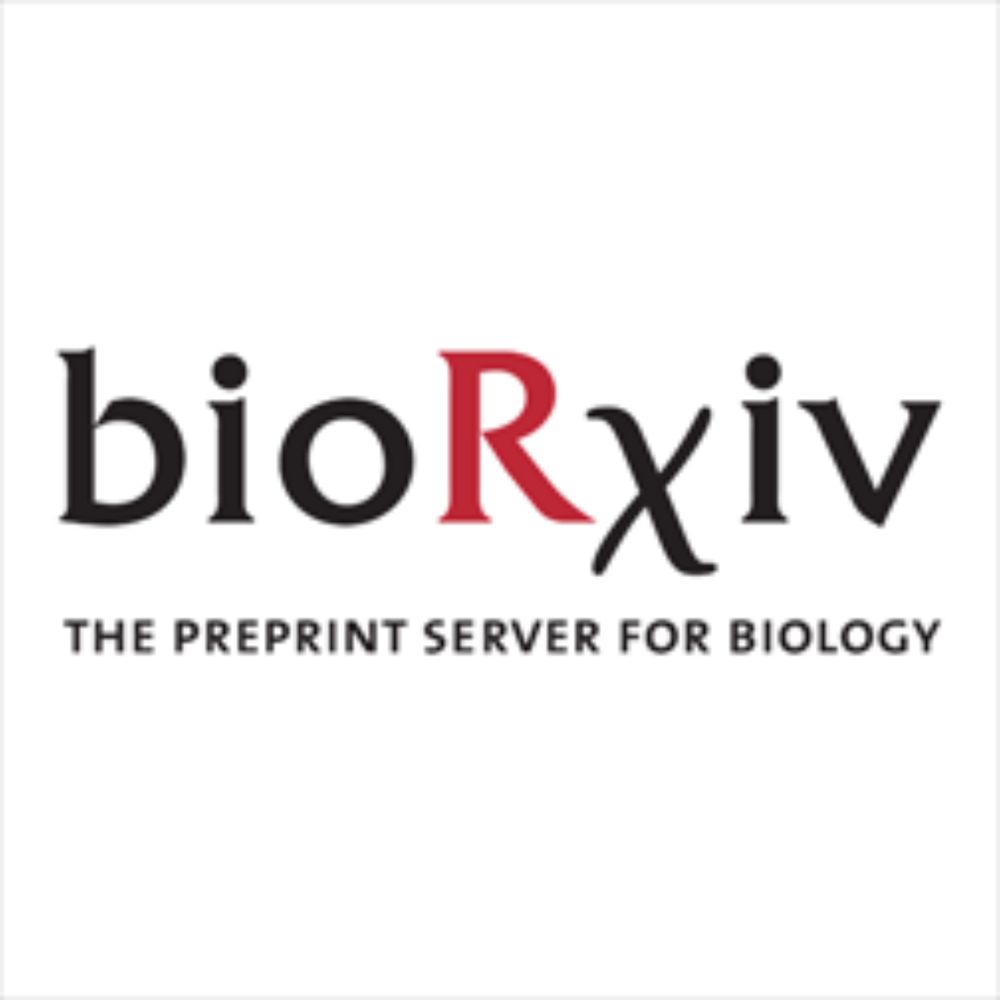Emily Kibby
@emilykibby.bsky.social
93 followers
110 following
12 posts
Postdoc in the Kim Seed lab at UC Berkeley exploring phage-bacteria interactions. She/her. 🏔🐕🦠
Posts
Media
Videos
Starter Packs
Pinned
Emily Kibby
@emilykibby.bsky.social
· Dec 18

A bacterial NLR-related protein recognizes multiple unrelated phage triggers to sense infection
Immune systems must rapidly sense viral infections to initiate antiviral signaling and protect the host. Bacteria encode >100 distinct viral (phage) defense systems and each has evolved to sense cruci...
www.biorxiv.org
Emily Kibby
@emilykibby.bsky.social
· Dec 18
Emily Kibby
@emilykibby.bsky.social
· Dec 18
Emily Kibby
@emilykibby.bsky.social
· Dec 18
Emily Kibby
@emilykibby.bsky.social
· Dec 18
Emily Kibby
@emilykibby.bsky.social
· Dec 18
Emily Kibby
@emilykibby.bsky.social
· Dec 18

A bacterial NLR-related protein recognizes multiple unrelated phage triggers to sense infection
Immune systems must rapidly sense viral infections to initiate antiviral signaling and protect the host. Bacteria encode >100 distinct viral (phage) defense systems and each has evolved to sense cruci...
www.biorxiv.org







